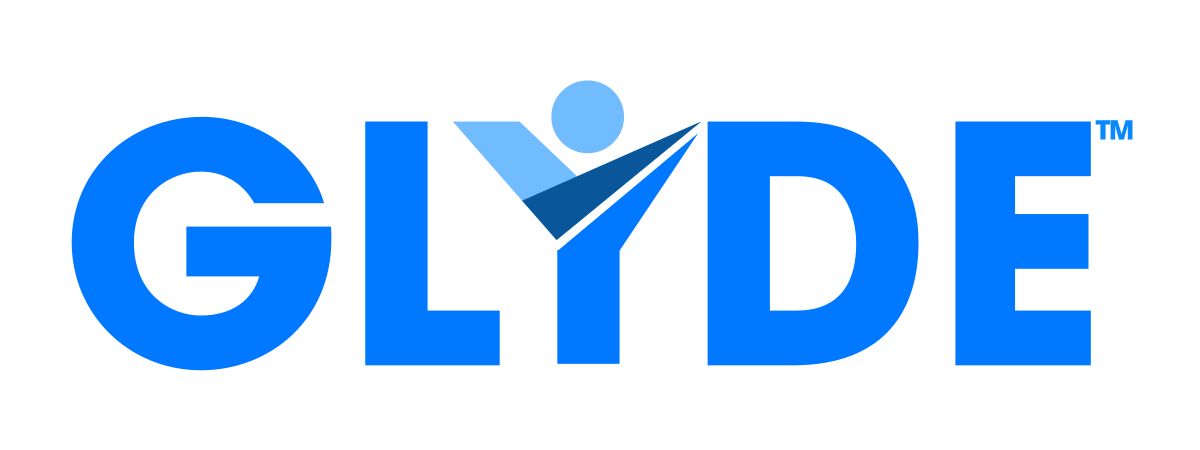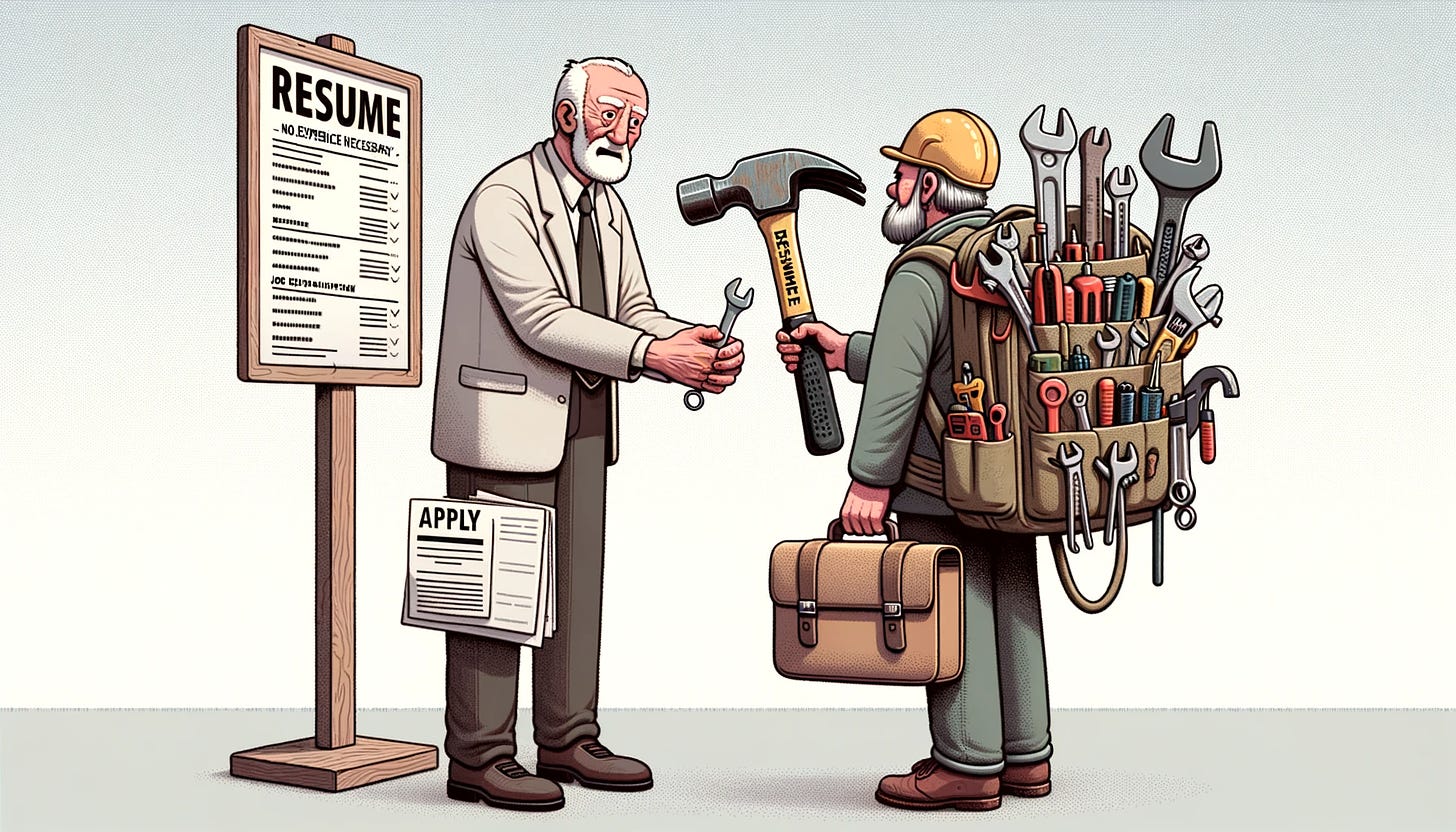The perfect hire can feel like a blue moon — an elusive combination of qualifications, experience, and culture fit that treats your organization. For years, talent acquisition leaders have turned to matching algorithms in the quest for this elusive perfect fit, with mostly mediocre results. This post aims to delve deeper into why traditional matching has always seemed short of expectations, and how artificial intelligence (AI) and machine learning present promising solutions.
The Challenges of Finding the Perfect Match
To understand the shortcomings of matching algorithms, it’s crucial to delve into the two primary components: the resume and the job specification. Resumes, for starters, often reflect a mere fraction of an individual’s capabilities. They represent the complex journey of a professional’s career, cut down into a couple of pages, missing vast swathes of the abilities and experience the candidate possesses. And to compound this, the candidate doesn’t have a tailored version for every job they apply for. This of course means that in most cases the recruiter is reading the Lowest Common Denominator of the candidates suitability.
Then there are job specifications. Traditionally, they fail to encapsulate the nuances of a role, often missing out on critical attributes that make or break a candidate’s suitability.
Vital insights, gleaned through conversations between the recruiter and hiring manager, often remain unrecorded or in notes outside from the job specification, losing out on the much-needed context the matching algorithm requires to get the match right.
The Stats Don’t Lie
According to a study by Jobscan, 98.8% of Fortune 500 companies use applicant tracking systems. Despite this, a reported 75% of resumes never make it past these tracking systems.
Meanwhile, according to the Jobvite Recruiter Nation Survey, 43% of recruiters admit they need to improve their job matching process.
It’s glaringly clear that the current system is inadequate. The inherent ‘humanness’ in understanding a candidate’s potential and a job’s requirement cannot be overlooked.
The Missing Link
The answer to our problem lies in conversation — the tool that humans have perfected over centuries to extract information, provide context, build relationships, and make judgments. These conversations can reveal candidates that might otherwise have been overlooked in a traditional matching process.
However, scaling these rich and revealing conversations for every candidate in the talent pool is humanly impossible. But it’s not impossible for AI, especially when empowered with the tools of machine learning.
AI, The Solution
AI, equipped with machine learning, can emulate and even enhance the best aspects of human conversation at scale. It can ask candidates necessary job-related queries, interpret their responses, and extract insights that go beyond their resume.
This technology can scale the very criticality of the hiring decision — the interview itself — making sure no candidate is missed out or misjudged based on an inadequate resume or job description.
AI also democratizes the hiring process, ensuring every applicant the chance to represent their abilities best, considering the nuances of the job at hand. Therefore, the likelihood of an erroneous hire due to incomplete data is significantly reduced.
Innovations In Stake
Companies have already begun to use automation, AI, and machine learning in talent attraction, engagement, and screening. This allows for the automation of repetitive manual tasks and the replacement of those tasks with data-driven personalized experiences, providing notable advancements in HR tech.
Looking Ahead
AI, coupled with machine learning, presents an exciting future for the world of talent acquisition. Nevertheless, it’s critical to remember that technology cannot replace human intuition or bias entirely in the hire-making decision. It should always aid human decision-makers, making their life easier, more effective, and more efficient.
Indeed, the perfect hire continues to be elusive. Nonetheless, the blue moon’s frequency promises to increase, thanks to the power of AI and machine learning. Talent acquisition leaders should embrace this technology, significantly improving the match between potential candidates and job vacancies.
As the charming paradox of recruitment persists — the uniqueness of every job and every job seeker — the future of work shapes up to be an exciting blend of AI, machine learning, HR tech, and good old human intuition. Only time will tell how this blend will evolve, but it promises to be a beautiful dance.

